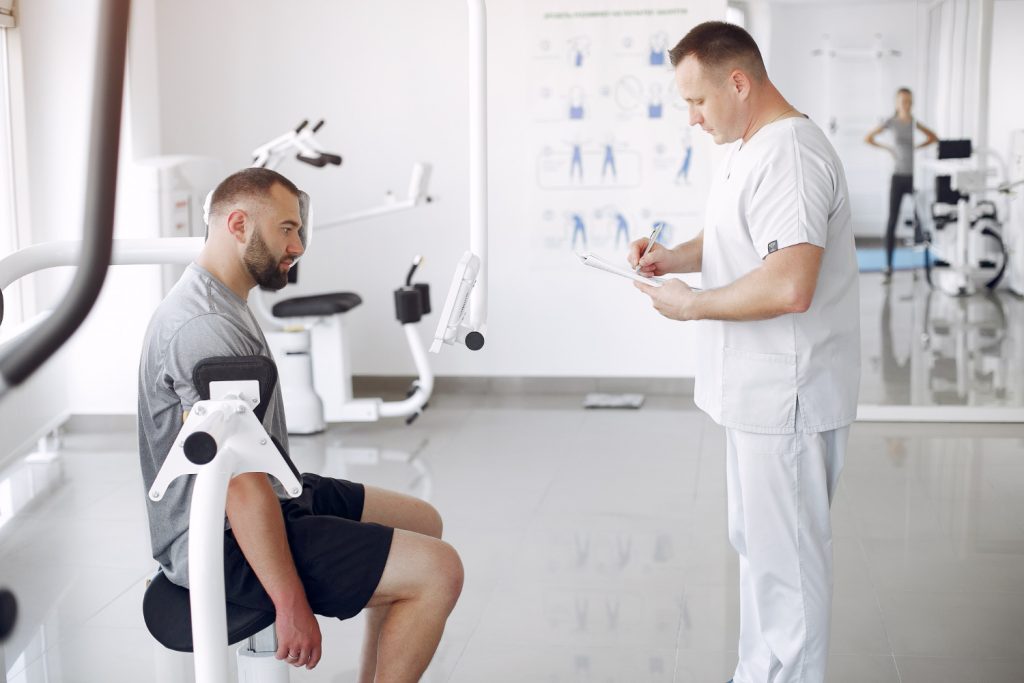Your body is a complex and intricate system, constantly communicating its needs and imbalances. Understanding these messages is key to optimal health and pain management. Two powerful tools used to decipher the body’s language are muscle testing and hands-on adjustments. But how do they differ, and which is right for you? Let’s dive in.
By: Estefany Vasquez
Unveiling the Body’s Language: Muscle Testing vs. Hands-on Adjustments
Muscle Testing: A Window into the Body
Muscle testing is a technique that evaluates muscle strength to assess the body’s overall state. It’s based on the premise that muscles reflect the body’s energetic and structural balance. By applying gentle pressure to specific muscles, practitioners can determine imbalances, sensitivities, and underlying stressors.
This non-invasive method offers several benefits:
- Precision: It can pinpoint specific areas of concern with remarkable accuracy.
- Holistic: It considers the body as a whole, addressing underlying causes rather than just symptoms.
- Gentle: Ideal for individuals with chronic pain or sensitivities.
Hands-on Adjustments: Restoring Balance
Hands-on adjustments, often associated with chiropractic or osteopathic care, involve physical manipulation of the body’s joints and tissues. Practitioners use their hands to apply controlled forces to restore alignment and mobility.
This approach offers several advantages:
- Immediate relief: Can provide rapid pain relief and improved function.
- Structural correction: Addresses misalignments that may contribute to chronic issues.
- Deep tissue work: Helps release tension and improve circulation.
The Synergy Between the Two
While muscle testing and hands-on adjustments are distinct, they can complement each other beautifully. Muscle testing can identify areas requiring attention, while hands-on adjustments can address those imbalances directly.
Dr. Jose Vargas, a skilled chiropractor, believes in a comprehensive approach to healthcare. By combining muscle testing with hands-on adjustments, he can create a personalized treatment plan tailored to each patient’s unique needs.
Which Approach Is Right for You?
The best approach depends on your circumstances and goals. Muscle testing is often a good starting point to assess overall health and identify underlying issues. Hands-on adjustments may be more suitable for acute pain or specific musculoskeletal problems.
Ultimately, the most effective approach is one that resonates with you and your body. Consulting with a qualified practitioner like Dr. Jose Vargas can help determine the best path forward.
By understanding the nuances of muscle testing and hands-on adjustments, you can empower yourself to make informed decisions about your healthcare. Remember, your body is a remarkable system with an incredible capacity for healing. With the right tools and guidance, you can unlock its full potential.
Instagram: @quantumchirofl
Facebook: Quantum Integrative Care
LinkedIn: Quantum Integrative Care

